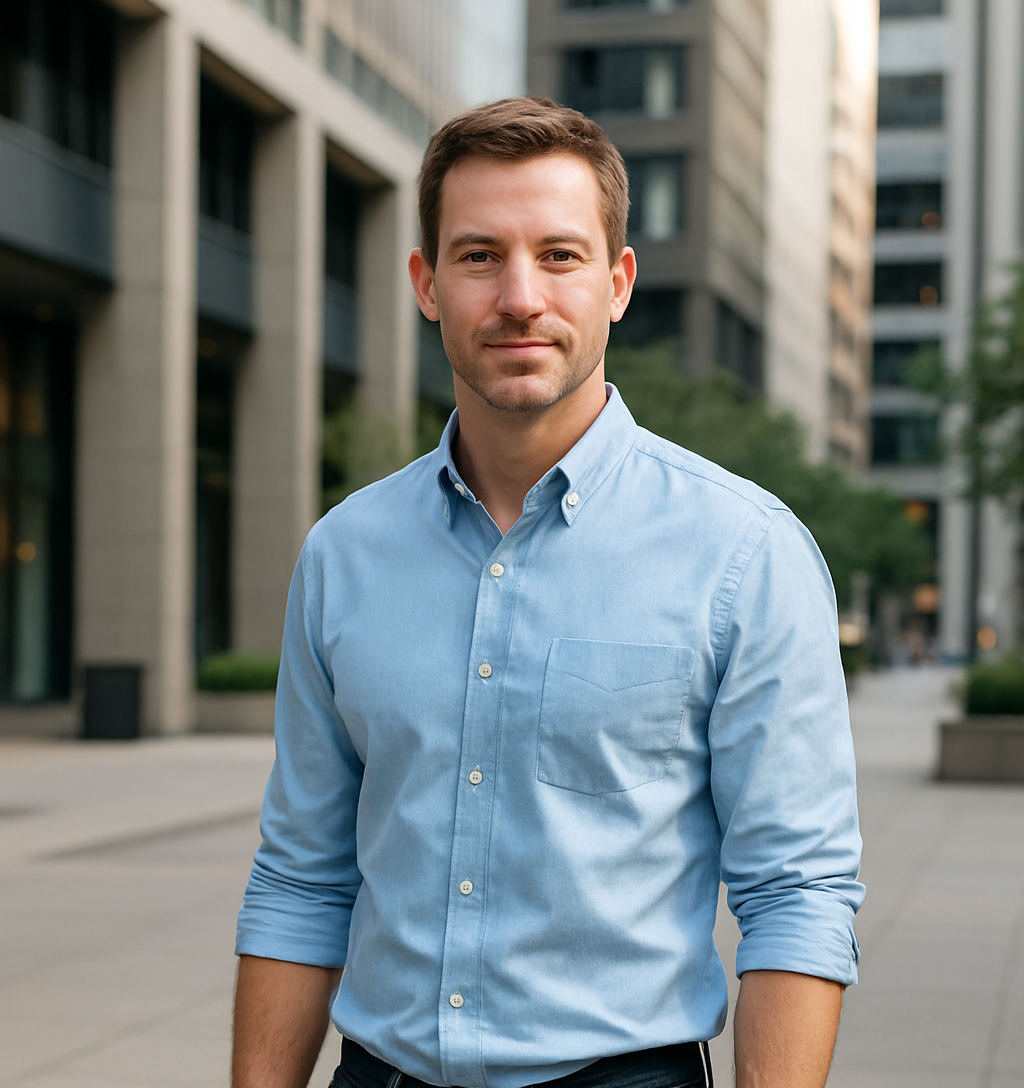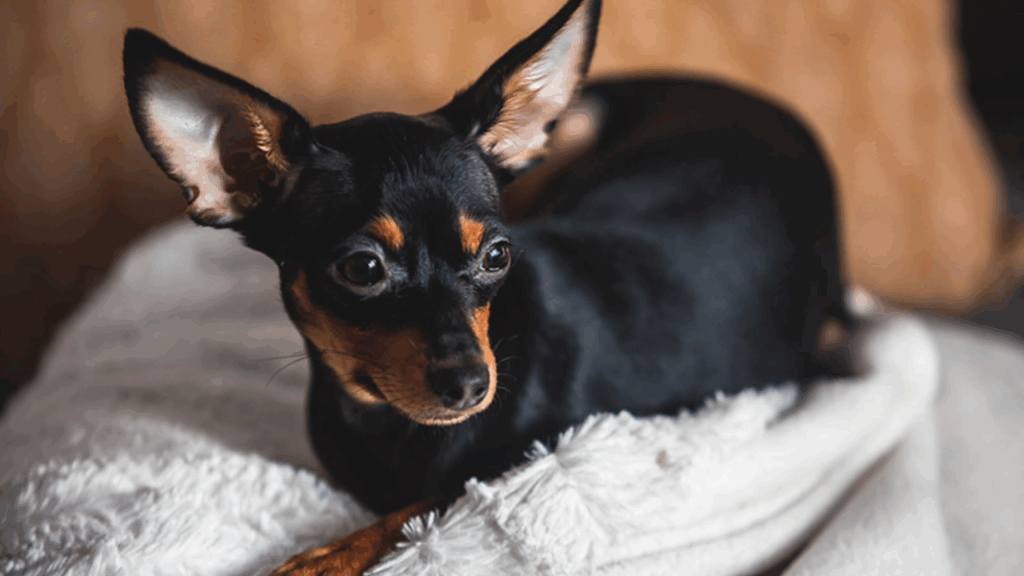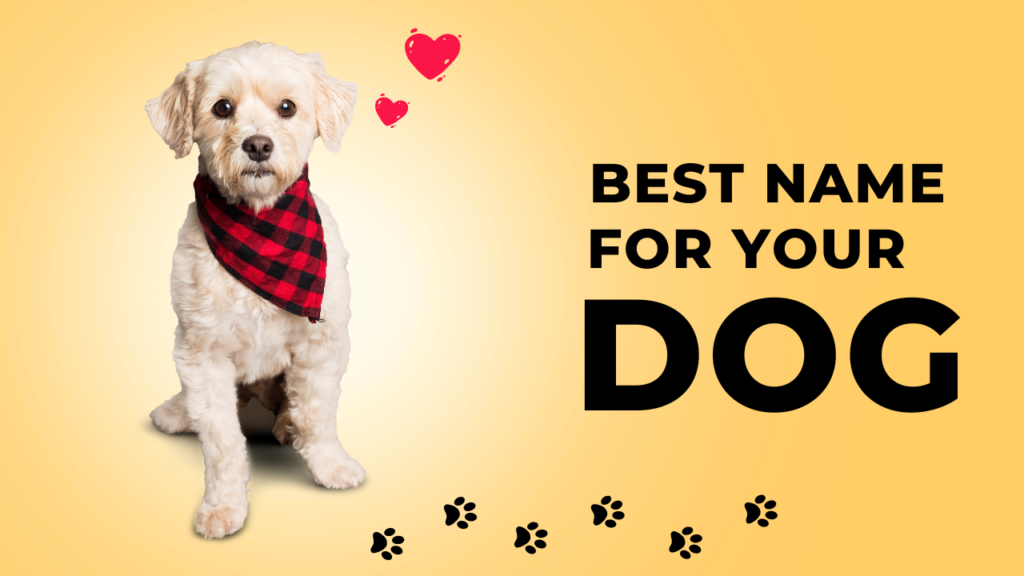The Russian Toy, also known as the Russkiy Toy, is a small and delicate breed that combines elegance, charm, and a surprisingly spirited personality. Despite its petite size, this dog is full of character, energy, and affection. One of the smallest dog breeds in the world, the Russian Toy is a relatively rare find outside of its native Russia, but its popularity has been growing steadily among toy breed enthusiasts due to its intelligence, loyalty, and eye-catching appearance.
History and Origins
The Russian Toy has a fascinating and relatively recent history compared to many ancient breeds. Its roots trace back to Imperial Russia in the 18th century, where it was a favorite of the Russian aristocracy. The breed was originally developed from small English Terriers, which were imported into Russia and selectively bred to produce a smaller, more refined companion dog. These dogs were kept primarily as lap dogs for the nobility, but they retained a spirited and alert temperament that reflected their terrier heritage.
During the Soviet era, Russia was largely cut off from Western breeding programs, and the Russian Toy evolved independently. Over time, breeders in Russia worked to preserve and refine the breed, eventually creating two distinct varieties: the smooth-coated Russian Toy and the long-coated version, the latter featuring distinctive feathering on the ears and tail.
Though the breed nearly disappeared during the 20th century, dedicated breeders revived its numbers. The Russian Kennel Federation recognized the breed, and it gained international recognition by the Fédération Cynologique Internationale (FCI) in the early 2000s. In recent years, it has also gained attention in the United States and other countries, though it remains rare outside Eastern Europe.
Physical Characteristics
The Russian Toy is a tiny, elegant dog, typically standing 8 to 11 inches tall at the shoulder and weighing no more than 6.5 pounds. It has a fine-boned, graceful frame, with a slightly longer-than-tall body shape that gives it a stylish and athletic appearance.
There are two coat types in the breed:
- Smooth Coat: This version has a short, sleek coat that lies flat against the body, giving the dog a refined and polished look.
- Long Coat: The long-coated Russian Toy has longer hair on the ears, tail, and legs, often forming beautiful fringes. This version looks especially elegant and is known for its butterfly-like ears with long, flowing hair.
The breed comes in a variety of colors, including black and tan, brown and tan, blue and tan, and solid reds in various shades. Their expressive eyes are large, round, and dark, giving them an alert and sweet appearance.
Temperament and Personality
Despite their small stature, Russian Toys are full of energy and big personalities. They are lively, playful, and incredibly affectionate with their families. These dogs form strong bonds with their owners and thrive on attention, often seeking out cuddles or following their favorite person from room to room.
Russian Toys are known for being intelligent and alert, making them good watchdogs despite their size. They are quick to bark at unfamiliar noises or strangers, but they are not typically aggressive. Once properly introduced, they are friendly and social, even with guests and other pets.
Because of their social nature, Russian Toys do not do well when left alone for long periods. They crave human companionship and may develop separation anxiety if not properly trained or if their emotional needs aren’t met.
Exercise and Training
While small, the Russian Toy is an active and agile breed that requires regular exercise and mental stimulation. Daily walks, indoor playtime, and interactive toys are essential to keep them happy and healthy. They are also surprisingly good at canine sports like agility, obedience, and even trick training.
Training a Russian Toy is generally a pleasure thanks to their intelligence and eagerness to please. However, they can be a bit sensitive, so gentle, positive reinforcement methods work best. Harsh correction or rough handling can damage their trust and cause anxiety. Early socialization is also crucial to ensure they grow up to be confident and well-mannered.
Grooming and Health
Grooming needs vary slightly depending on the coat type. Smooth-coated Russian Toys require minimal grooming—just occasional brushing and a bath as needed. Long-coated Russian Toys need a bit more care, particularly brushing to keep their fringes from tangling. Fortunately, they don’t shed heavily and are considered relatively low maintenance.
In terms of health, the Russian Toy is a generally robust and healthy breed, with a lifespan of around 12 to 15 years. However, due to its small size, it can be prone to certain issues such as dental problems, patellar luxation, and fragile bones, especially when young. Providing a balanced diet, regular vet visits, and careful handling—particularly around children or larger pets—can help ensure a long, healthy life.
Ideal Owner
The Russian Toy is best suited for individuals or families who can offer plenty of attention and companionship. They adapt well to apartment living due to their size but need regular play and interaction. Their delicate size makes them better suited to homes with older children who understand how to treat them gently. They can also thrive in multi-pet households if properly introduced and socialized.
Conclusion
The Russian Toy may be small, but it has a personality that fills a room. With its elegant appearance, affectionate nature, and lively spirit, it makes an ideal companion for those looking for a loving and devoted pet. Whether you choose the smooth-coated or long-coated variety, you’ll find a friend for life in this intelligent, loyal, and endlessly charming breed.
If you’re seeking a dog that combines grace, character, and companionship in a tiny package, the Russian Toy might just be the perfect match.

Andy Parker is a dog lover, writer, and senior editor at BarkPicks. With years of experience covering canine health, training, and gear, he helps pet parents make smarter choices for happier, healthier dogs. Andy shares his home (and heart) with two rescue pups, Charlie and Mia.



